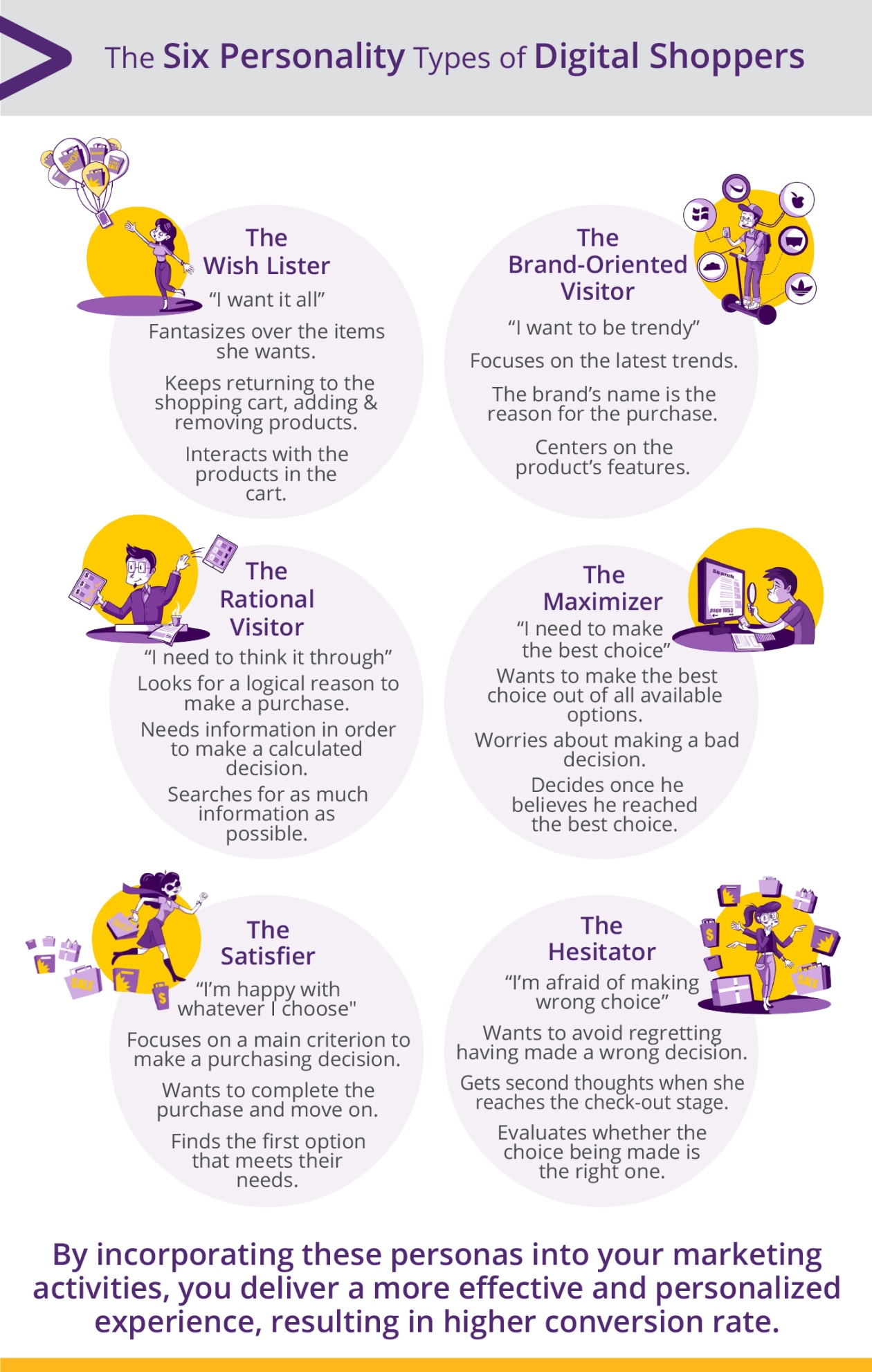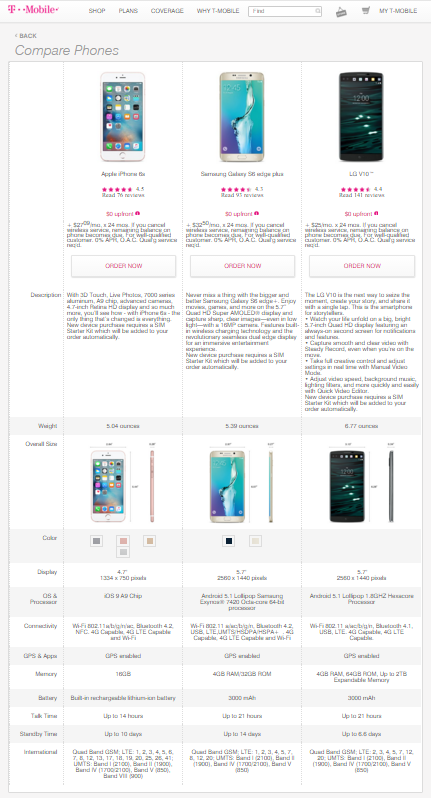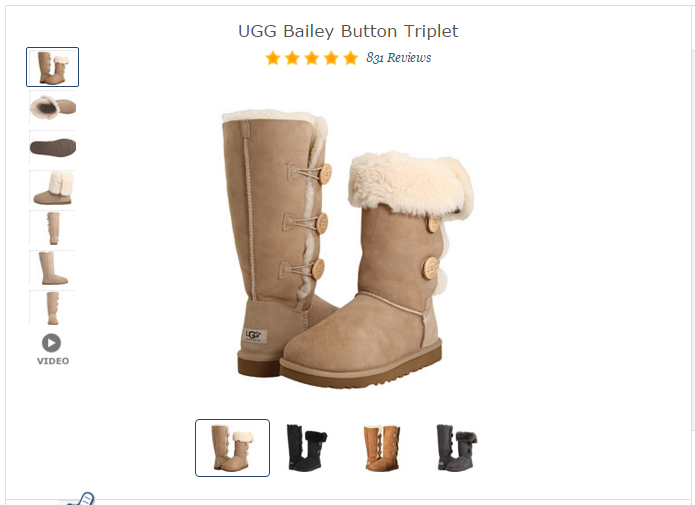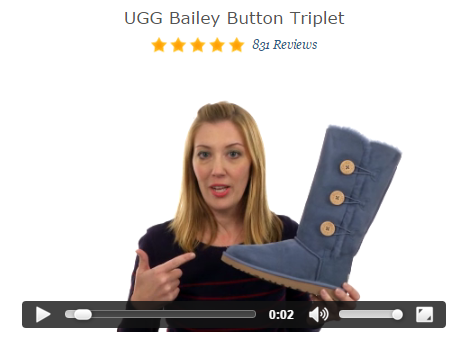How to Leverage Segmentation Data to Increase Monetization
Remember the $100,000 Pyramid Game Show? The one where two players are each teamed up with a celebrity, and they have to guess a word or phrase based on the descriptions provided by their teammate? Well, I’m not a celebrity, but what if we were teammates on that show, and I said to you:
- Geographical location
- Age
- Gender
- Online behavior patterns
- Psychological profiles
What would you guess?
Yes – these are all WAYS TO SEGMENT WEB VISITORS. And doing it well is guaranteed to get you to the Winner’s Circle.
The first four types of segmentation are old news. While they are still technically an industry best practice, since pretty much anyone who is anyone in digital marketing is doing them, they can now be re-categorized from best practice to standard practice.
The newer trend is segmenting visitors based on psychological personas.

For example, when wireless company T-Mobile monitors users who rationally compare different phone models but skip over subjective reviews, they can target the customer experience for the Rational Visitor segment.
To do so, they hide the long-winded reviews and replace them with a numeric rating system, provide side-by-side comparison of features, and present the customer with all of the information he needs to make an informed, rational decision.

How does a site like Zappos handle the Brand Oriented segment? These visitors are concerned with the brand recognition, the product’s popularity in society amongst their demographic, and other factors, such as the product’s style and features, that contribute to the feeling of excitement, pleasure and pride associated with purchasing well-known and highly coveted items.


Visitors in this segment view their online cart as their virtual property. Adding items to their cart (and visiting it often) gives them a rush that almost equates to buying the item.
So, how can you encourage the Wish Lister to complete the sale (and thereby increase monetization)?
The next time Ms. Wish Lister browses the site, have one of the items in her cart miraculously go on sale.
According to Dr. Margalit, This kind of unexpected personal discount helps to enforce the wishful thinking bias—the notion that what we want to be true affects what we believe to be true. It gives the customer the sense that ‘the Universe is giving me a sign that I should buy this product.’
But this requires a shift in thinking. Instead of viewing the discounted items as a reduction in revenue, when we realize that a Wish Lister could have easily abandoned the cart forever, we understand that this is really an increase in revenue.
So next time you are on $100,000 Pyramid and some B-list celeb says to you:
- Making items more attractive with personalized sales for Wish Listers
- Objective, matter-of-fact comparison tables for Rational Visitors
- Prominent and captivating product images for Brand-Oriented Visitors
I hope you will pop out of your seat and say WAYS TO INCREASE MONETIZATION BY SEGMENTING PER PERSONALITY TYPE. But just in case you are not slated to appear on the show (as it has long been cancelled), use these concepts to optimize your site – the results will be much better than the pyramid.
Read more about Dr. Margalit’s research here.


 Yael
Yael







Absolutely, designers should definitely consider different User Interfaces based on product type. A 2006 study conducted by Fujita, Trope, Liberman and Levin-Sagi found that exposing people to high end products affect their evaluation of following products. Thus, the exposure activate the high-level cognitive constructs and affect the visitor’s decision. Heat maps of a luxury car company’s website revealed an interesting pattern of behavior. Visitors showed high levels of engagement with the seat fabrics, colors, accessories and options -- as if they were trying to imagine how it would feel to drive the car. Furthermore, there was very minimal click-through on the site’s Used Cars button, indicating that the consumer segment drawn to this company’s cars is not interested in purchasing second-hand items at reduced prices. Emphasizing the practical characteristics of a luxury car is not effective. You will never hear a salesperson pitch a Ferrari with Check out its seatbelts! Instead, he’ll say, Feel how smooth this baby rides! He will try to sell you an experience. In contrast, when thinking about the UI of low end products, it needs to emphasize different and more earthy characteristics. It is pointless to use high-level design on visitors that are looking to purchase a used car for example. Instead, the salesperson will stress that it is a reliable car at a reasonable price. Indeed, analysis of visitor interaction with a used-car website revealed completely different behavior, including high levels of interaction with price, miles per gallon and safety features. This indicates a more realistic and practical perception of the product. Construal-level theory predicts that people are more satisfied and make better decisions when the design matches the type of problem they are facing. Thus, it is important that online businesses match their presentation of each product with the way the product is perceived by consumers.
Rightly said, there is no one size fits all in the e-commerce industry. After reading your post, I have learned about the how design impacts the purchasing decisions of a particular segment of audience. But what if I consider Amazon who has a similar UI for an high end product (for brand conscious audience) and low end chinese gadget? Should they consider different User Interfaces (arranging the elements on the product page) based on product type?